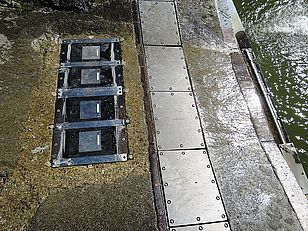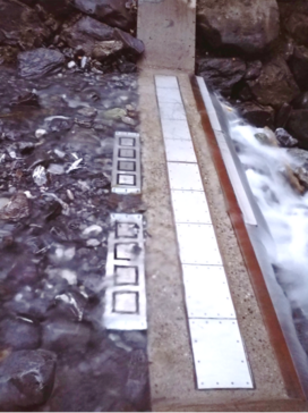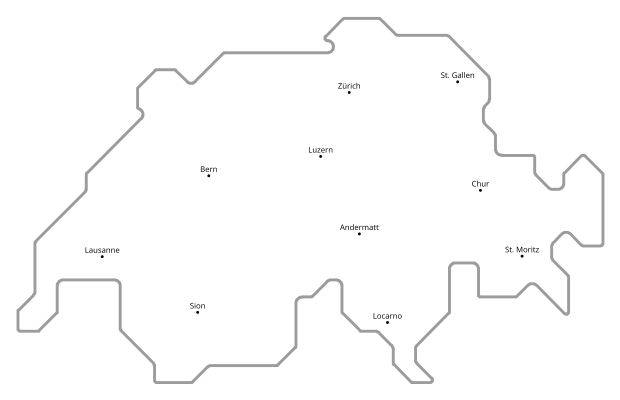Indirect bedload transport measurements with the Miniplate Accelerometer and the Pipe Microphone system
Dieter Rickenmann
Deputy Project staffAlexandre Badoux
Tobias Nicollier
Dieter Rickenmann
2021 - 2023
FinancingIndirect bedload transport measurements help to better understand how coarse solid particles are transported in steep streams (torrents) and mountain rivers. In this project we compare three different indirect bedload transport measuring systems: The (traditional) Swiss plate geophone (SPG), the miniplate accelerometer (MPA) system with smaller plates and accelerometers, and the Japanese Pipe Microphone (JPM).
Using different sensor types to improve the signal interpretation
The WSL has a long experience with the Swiss plate geophone (SPG) system, a seismic method to measure bedload transport in water courses, which has been installed at more than 20 field sites mostly in the European Alps. To further develop acoustic, indirect bedload transport measurements, parallel measurements with other, similar measurement techniques have been carried out at the Erlenbach and at two other sites since 2013. In the Erlenbach, a miniplate accelerometer (MPA) system with smaller plates and accelerometers was installed upstream of the traditional geophone plates (SPG). At the downstream side of the large check dam dam, a Japanese Pipe Microphone (JPM) system was installed to record the sound of impacting particles generated inside the pipe.
This project deals with different surrogate bedload transport measurements using acoustic sensors. The main goal of the project is to compare the performance of three measuring systems mentioned above and illustrated in the photo of the Erlenbach channel. More specifically, the objectives are as follows:
• Test the general performance of the MPA and JPM systems for a wide range of bedload transport conditions including controlled flume experiments
• Examine whether existing approaches to determine bedload transport rates by grain size fractions (for the SPG system) are also suitable for the MPA and JPM systems
• Quantify the error range of the three methods (total transport or fractional transport), specify their typical application range, and discuss the possible calibration approaches
• Discuss possible improvements of acoustic methods to predict bedload transport rates by grain size classes
• Develop and test a low-cost prototype system (regarding fabrication, installation, data processing), with a possibly larger error range than for the SPG system
Cooperation
- University of Tsukuba, Japan
- Mie University, Japan


